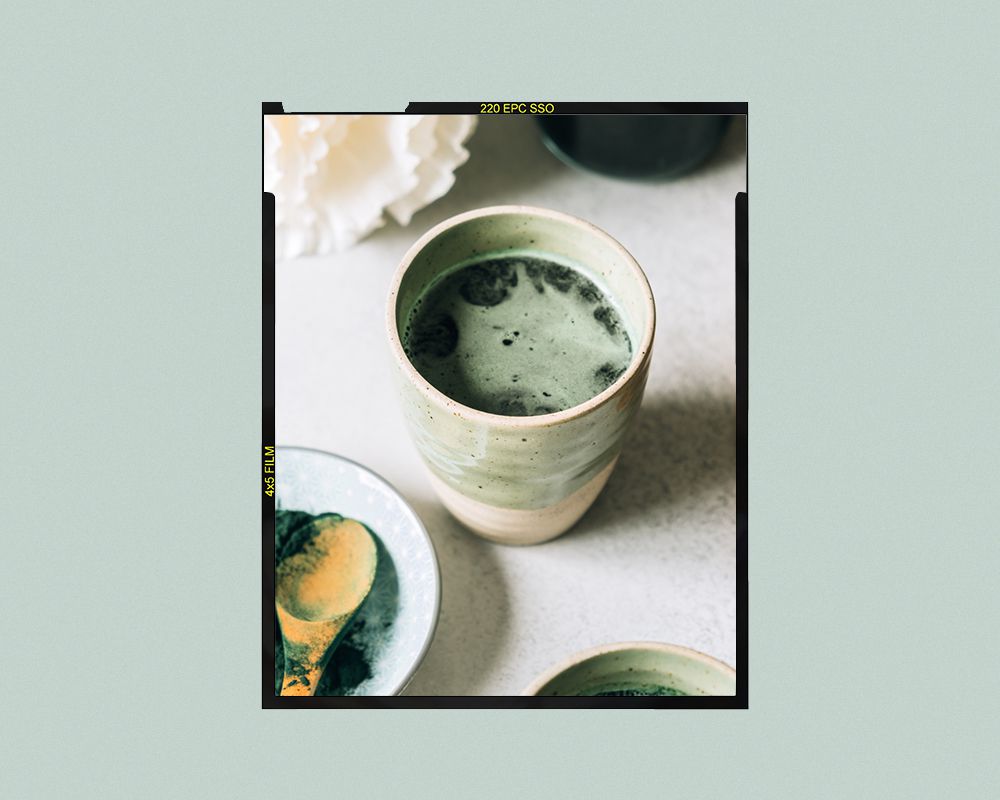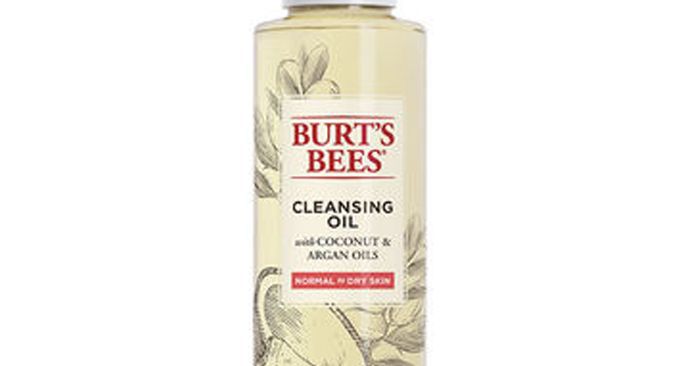Wheat Protein for Hair: Benefits and How to Use It
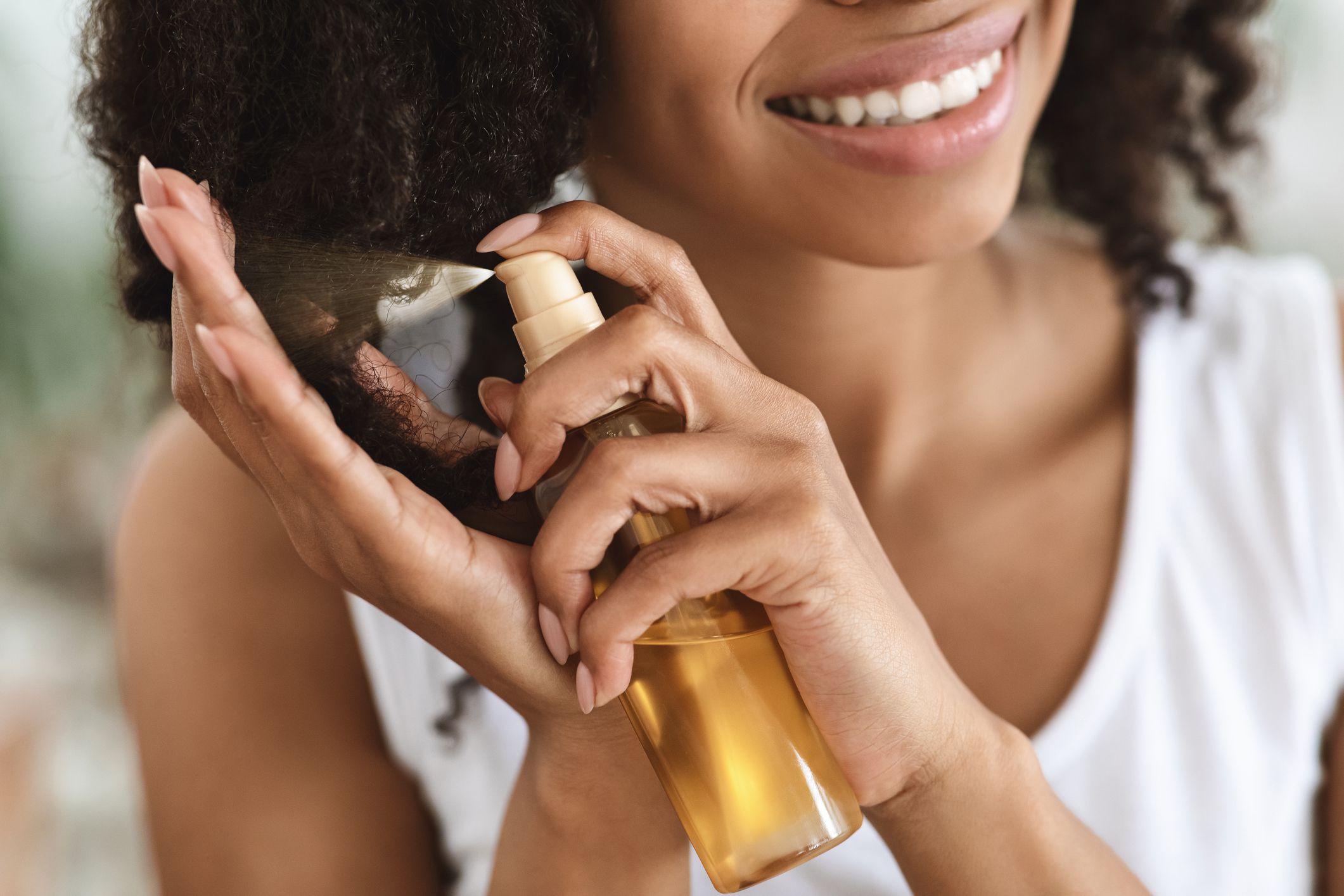
Hair damage has many sources: heat, bleaching, friction, chemical treatments – the list goes on. No matter what the cause, damaged hair often needs hydration and strengthening to be restored to (at least some of) its former glory. One ingredient that has both? Wheat protein.
Wheat protein is a type of protein derived from wheat germ, like from gluten or glutamine. In beauty products, wheat protein is more effective if broken down into smaller proteins, known as hydrolyzed wheat protein.
While wheat (and particularly gluten) has been facing controversy in the dietary world, wheat protein has been steadily gaining popularity as an ingredient in strengthening shampoos and conditioners. For those with curly and color-treated hair, the one-two punch of moisture and protein provided by wheat protein could cut down on the number of products needed to treat the hair.
Is wheat protein the answer to your damaged hair’s needs? Keep scrolling to find out.
Meet the Expert
- Marisa Garshick, MD, is a board-certified dermatologist and clinical assistant professor at Cornell.
- Lindsey Zubritsky, MD, FAAD, is a board-certified dermatologist at Advanced Dermatology and Cosmetic Surgery.
Wheat Protein for Hair
Type of ingredient: Hydrator and strengthener.
Main benefits: Strengthens the hair shaft, provides moisture, prevents breakage, and adds shine.
Who should use it: In general, anyone with curly, dry, color-treated, or damaged hair. It may also provide benefits to those with thinning hair. Although it is a topical treatment, it is best for those with wheat or gluten sensitivity to avoid it.
How often can you use it: Don’t use wheat protein more than once every four to six weeks. Too much wheat protein can actually harm hair.
Works well with: Other moisturizing treatments like deep conditioners to maximize the hydration to the hair.
Don’t use with: Other forms of protein, as too much protein can actually lead to hair becoming brittle.
Benefits of Wheat Protein for Hair
Wheat protein is a type of non-animal protein derived from wheat germ, like gluten or glutamine. Garshick explains that it is more effective when applied topically if it is broken down into smaller proteins, known as hydrolyzed wheat protein, which can then pass through the hair cuticle. It is thought to help hydrate and strengthen the hair and works by locking in moisture, Garshick explains. This combination of hydration and strengthening is exactly what most products designed to treat hair damage promise.
Hair damage results from trauma from both mechanical and chemical sources, like bleaching and heat damage, which Zubritsky explains alters the structural component of hair and affects the disulfide bonds (healthy hair has a high concentration of these bonds). “Wheat proteins have a high amount of these disulfide bonds, and using wheat protein can help to connect the broken bonds on the hair surface, leading to strengthened hair,” Zubritsky reveals. In fact, a 2018 study showed that shampoo containing wheat protein had excellent properties in recovering damaged hair due to these disulfide bonds.
- Repairs hair damage: Human hair naturally has a high concentration of disulfide bonds, damaged by trauma like sunlight, bleaches, straighteners, and hair dyes. Wheat protein has the ability to connect these broken bonds, effectively repairing damaged hair. Zubritsky says this leads to strengthened hair.
- Hydrates the hair shaft: Hydrolyzed wheat protein has the ability to pass through the hair cuticle and hydrate the hair shaft. Garshick explains that it works by locking in moisture, so it would be beneficial to use wheat protein with other hydrators like deep conditioners to maximize the hydration.
- Prevents hair breakage: Hair breakage can be caused by several factors, but two of the leading causes are dryness and weakness. Wheat protein combats both of these factors to provide hydration and repair the weakened or broken bonds of the hair. When hair is adequately moisturized and strong, it has more elasticity, allowing it to stretch and endure more trauma without breaking. By strengthening the hair, it is thought to help reduce hair loss and breakage, Garshick adds.
- Boosts shine: The effect wheat protein has on hair is not just molecular; it’s visible to the naked eye. Wheat proteins provide lubricity to help protect hair from styling damage while giving the hair a glossy, shiny appearance, Zubritsky explains.
- Improves the overall appearance of the hair: Hair looks its best when it is hydrated, shiny, strong, and full. In addition to boosting the shine and preventing breakage, wheat protein also helps retain moisture in the hair, giving it a thicker appearance, Zubritsky reveals. While wheat protein may not directly impact hair growth, by preventing hair breakage/loss and thickening its appearance, it does promote the overall appearance of more hair.
Hair Type Considerations
Our experts agree that wheat protein is safe for all hair types, especially for damaged, colored, or thin hair, as they would likely see the biggest benefit. If you are looking to add hydration and strength to your strands, wheat protein might be just the two-in-one ingredient you’re looking for. Garshick points out that it may be particularly beneficial for those with curly hair, as it may help to support curl strength and shape.
How to Use Wheat Protein for Hair
There are many different ways to utilize wheat protein as a part of your hair care routine. It is available in products in concentrations of 0.5-5% and can also be purchased in its raw form to add to products or the hair directly. Both of our experts agree that although it is a topical treatment, it is best for those who have wheat or gluten sensitivity to avoid it. As with any new skincare or haircare product, it is important to introduce it slowly and perform a patch test – especially if you have sensitive skin.
Our experts agree that when it comes to wheat protein, it is possible to overdo it. It is important not to overuse wheat protein, as it can affect the hair texture and actually lead to increased brittleness. “Frequency of use can vary based on the product formulation and strength of the formulation. On average, it is recommended once every six weeks, with some people able to space the treatments more and some preferring four to five weeks,” Garshick cautions. Based on the product labeling, the recommendation for frequency of use may vary, so it is always best to check what is listed on the label. You should also avoid using other forms of hair protein while using wheat protein.
- Tailor your regular shampoo and conditioner: Wheat protein can be added to your existing shampoo and conditioner routine. Garshick says the amount added will be based on the concentration and formulation of the wheat protein. If used in a shampoo or conditioner, it can be rinsed out as normal. Zubritsky recommends using the MakingCosmetics Wheat Protein, Hydrolyzed if adding it to your existing products.
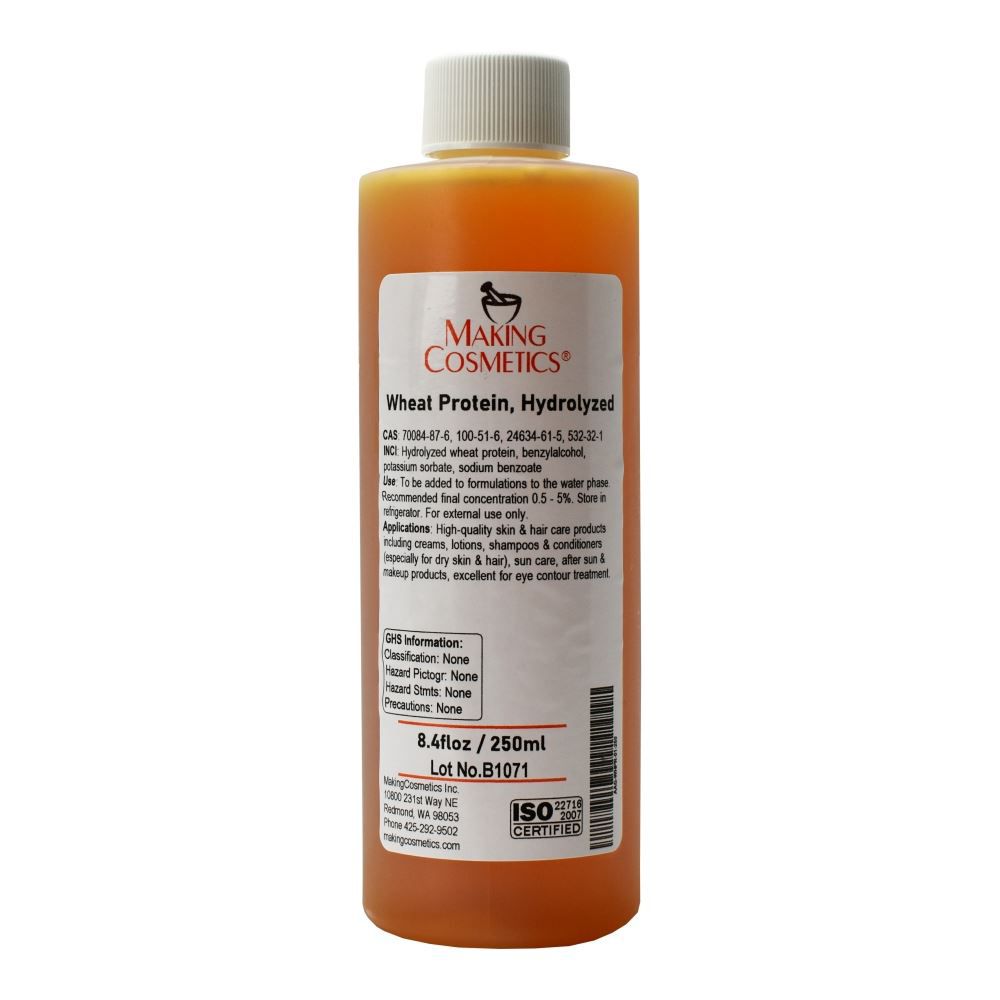
MakingCosmetics
Wheat Protein, Hydrolyzed
$23
- Upgrade your deep conditioning treatment: Zubritsky recommends using wheat protein in conjunction with a deep conditioning treatment. “I would recommend applying the treatment mostly to the hair as opposed to the scalp to avoid clogged pores,” she adds. If in a deep conditioning treatment, Garshick suggests that a processing cap and heat can be applied to amplify the benefits, and then it can be rinsed after 30 minutes.
- Use as a leave-in treatment: Depending on the concentration and formulation of the wheat protein you buy, it may be used as a leave-in treatment. Both experts recommend following the instructions on the label for the specific product you purchase since they will all be different.
- Shop for wheat protein-infused products: Several wheat protein-infused masks and shampoos are available for those looking for a ready-made treatment. In the shower, Garshick recommends the Kiehl’s Rice and Wheat Volumizing Shampoo and the L’Oreal Elvive Total Repair Extreme Renewing Conditioner, as they both contain hydrolyzed wheat protein in addition to other hydrating ingredients. For a deep conditioning treatment, she recommends the Kerastase Nutritive Masquintense Thick Hair Mask.
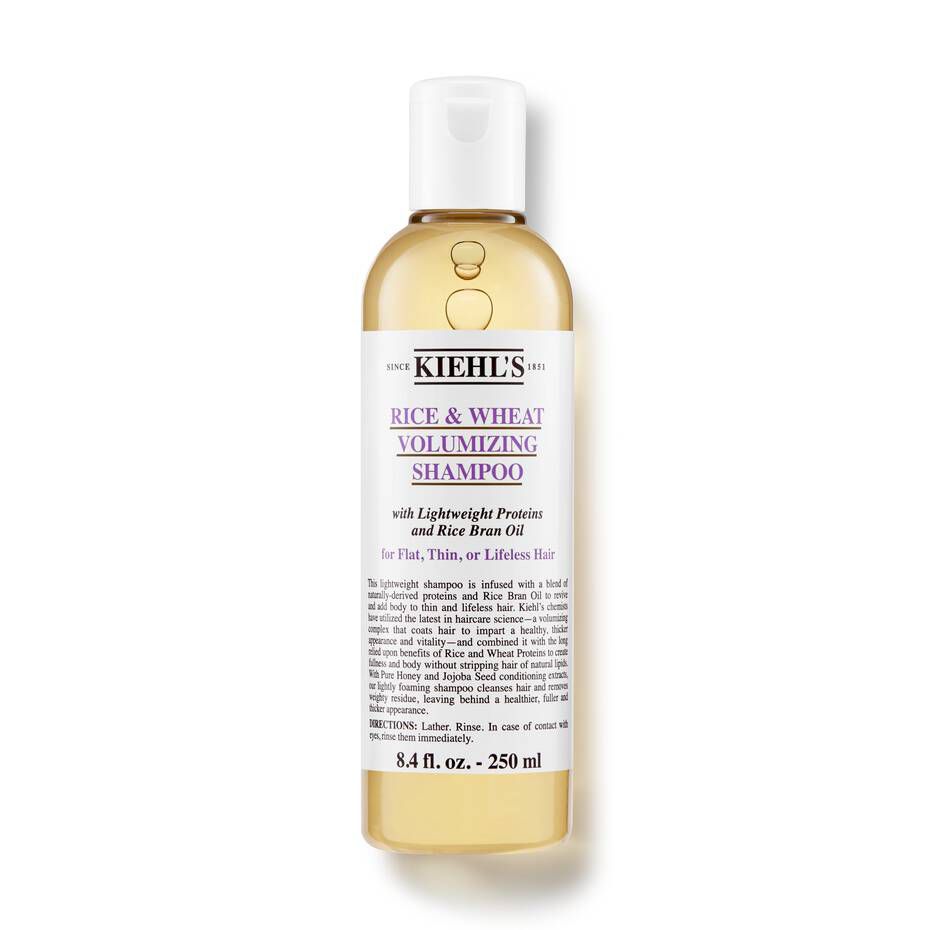
Kiehl’s
Rice and Wheat Volumizing Shampoo
$20
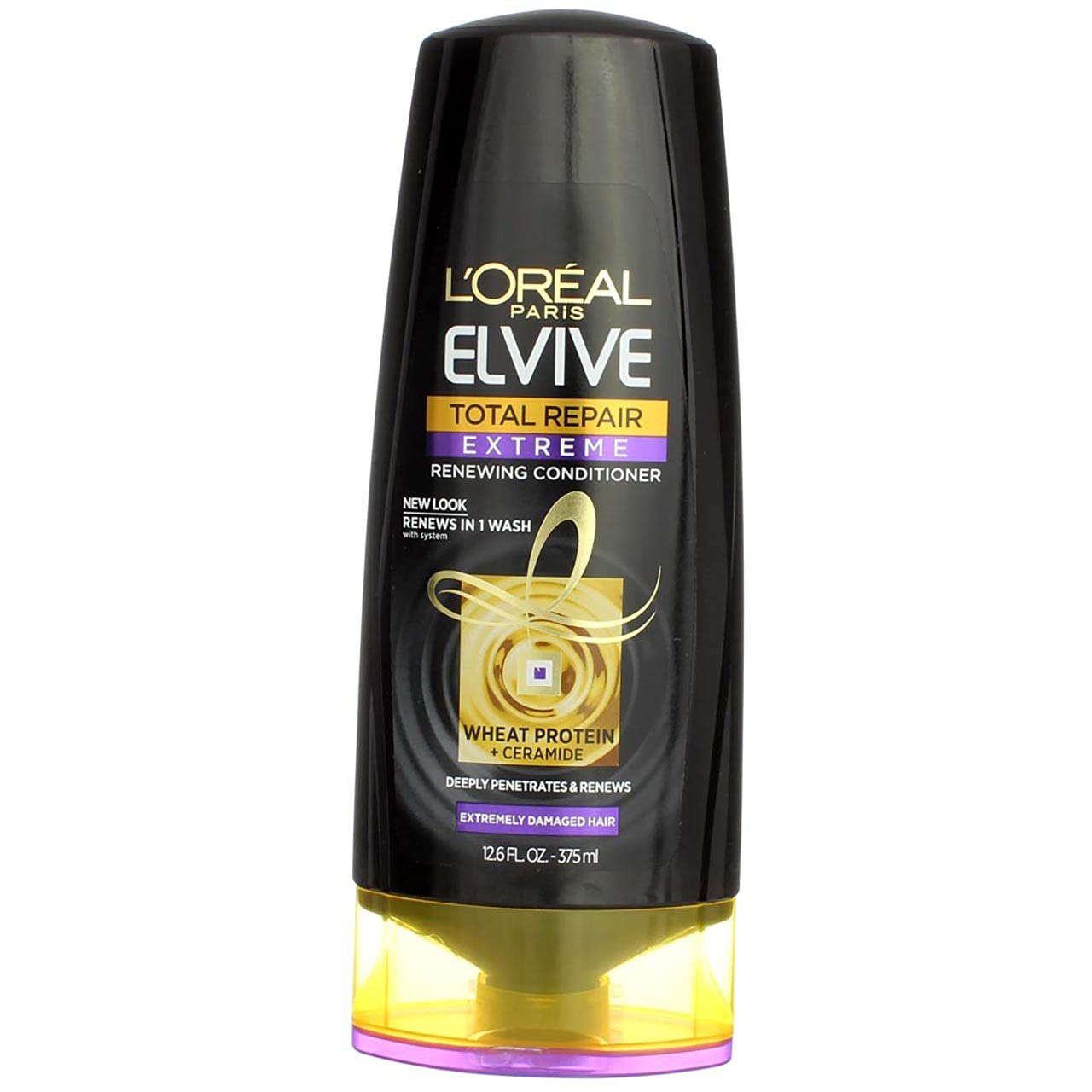
L’Oreal
Elvive Total Repair Extreme Renewing Conditioner
$4
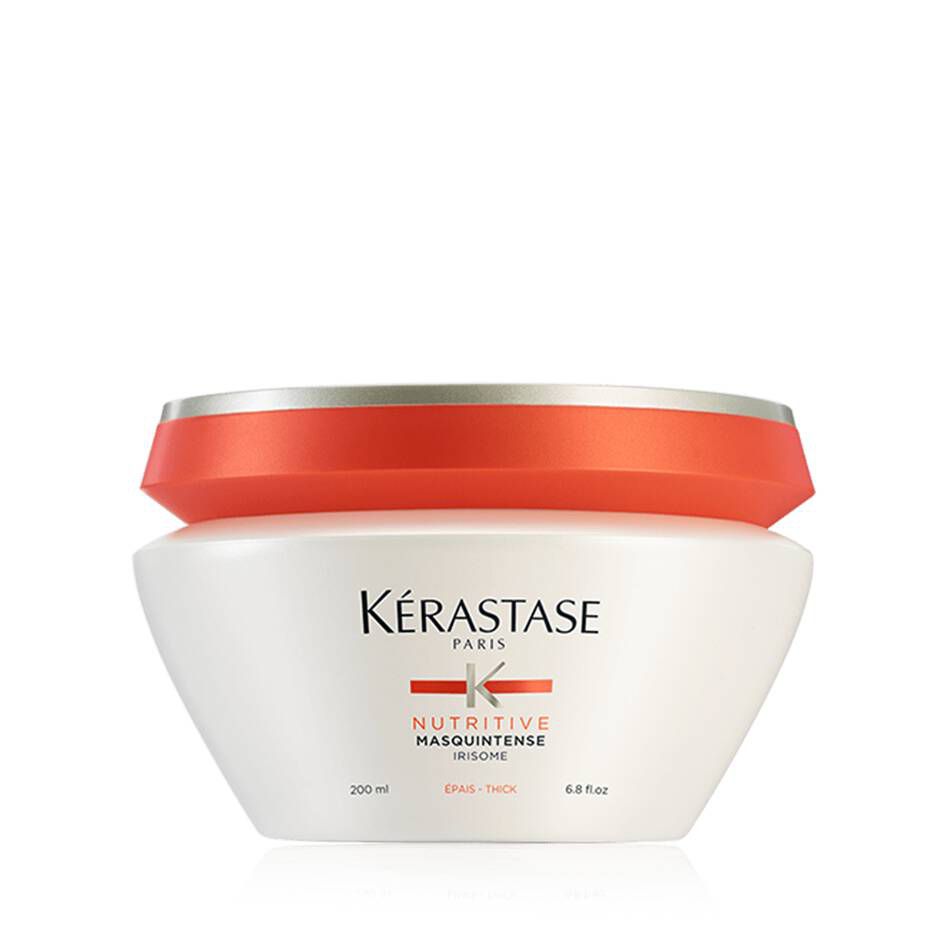
Kerastase
Nutritive Masquintense Thick Hair Mask
$56
Protein Treatments for Hair: When, How, and Why to Use Them

